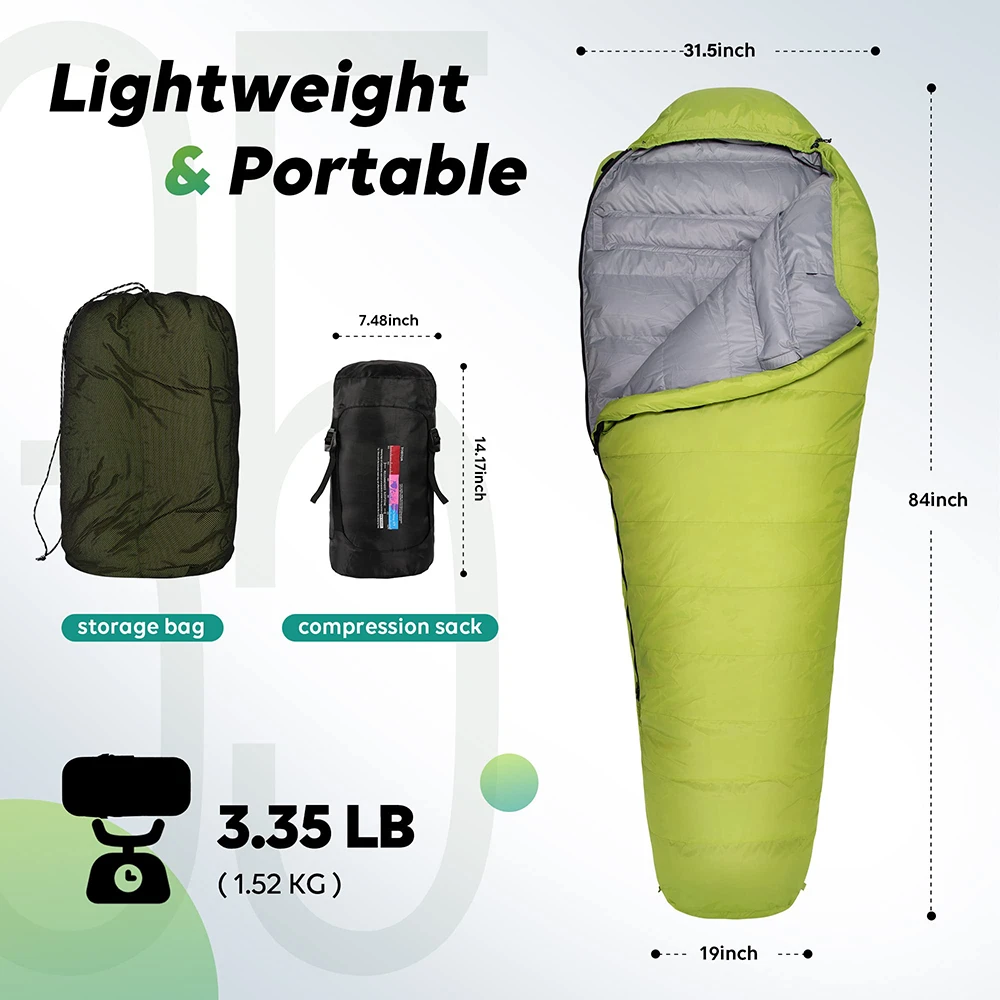
Dec . 15, 2024 17:52 Back to list
China Fence Panel Manufacturers and Their Production Insights
Exploring the Landscape of China’s Fence Panel Factories
In recent years, China has become a global manufacturing powerhouse, producing a vast array of products that cater to different markets. Among these products, fence panels hold a significant place, with manufacturers utilizing modern technology and innovative practices to meet the growing demand. This article delves into the intricacies of fence panel factories in China, highlighting their production processes, product types, global influence, and the challenges they face.
The Production Process
The process of manufacturing fence panels in China starts with the selection of raw materials. Common materials used include wood, metal, plastic, and composite materials. Each type of material offers unique advantages, making it crucial for manufacturers to understand market preferences and environmental considerations.
For wooden fence panels, manufacturers often source high-quality timber, which undergoes treatment to prevent decay and insect damage. This processing often includes drying, cutting, and staining to enhance durability and aesthetic appeal. On the other hand, metal fence panels often involve techniques like welding, galvanizing, and powder coating to create sturdy and weather-resistant products. Composite materials have gained popularity due to their low maintenance needs and environmental friendliness, merging wood fibers with plastic to create a composite that mimics wood while offering enhanced durability.
The production process in Chinese factories is highly automated, with advanced machinery streamlining tasks such as cutting, assembling, and finishing. This automation not only increases efficiency but also enhances precision, ensuring that each panel adheres to international quality standards.
Diverse Product Types
Chinese fence panel factories produce a diverse array of products to cater to different consumer needs. Depending on the intended application, these can range from residential fencing to industrial barriers.
2. Metal Fence Panels Generally favored for their strength and security, metal panels are commonplace in industrial settings and commercial properties. They are often made from wrought iron, aluminum, or steel.
3. Vinyl/PVC Fence Panels These are growing in popularity due to their low-maintenance requirements and resistance to weathering, making them an excellent choice for residential use.
china fence panel factories

4. Electric and Smart Fencing With advancements in technology, smart fencing options—integrated with alarm systems and surveillance capabilities—are becoming available, targeting high-security markets.
Global Influence and Market Reach
China's fence panel factories have a significant impact on the global market, supplying countries across North America, Europe, and Asia. The combination of competitive pricing and diverse product offerings makes it advantageous for international buyers to source their fencing needs from Chinese manufacturers.
Trade policies and agreements have further facilitated exportation, allowing manufacturers to penetrate new markets with relative ease. Major construction projects and infrastructure developments in various countries also drive demand for Chinese fence panels, reinforcing their presence on the global stage.
Challenges in the Industry
Despite their prowess, Chinese fence panel factories face several challenges. One of the primary concerns is the increasing scrutiny regarding environmental sustainability. As regulations become stricter, factories need to adopt more environmentally friendly practices and materials. This includes sourcing timber from sustainable forests and reducing waste during the manufacturing process.
Furthermore, competition is intensifying, with numerous manufacturers emerging not just in China but also in other regions. To remain competitive, factories must continually innovate, keeping up with design trends and technological advancements while adhering to quality and safety standards.
Labor-related challenges also exist, as factories strive to balance workforce costs with efficiency. With rising wages and changing labor laws, manufacturers must invest in training and technology to maintain productivity while ensuring the well-being of their workers.
Conclusion
China's fence panel factories are a vital component of the global market, offering a wide range of products that meet the diverse needs of consumers. Through advanced manufacturing techniques, a commitment to quality, and strategic global outreach, these factories have positioned themselves as key players in the fencing industry. As they navigate the challenges ahead, embracing sustainability and innovation will be essential for maintaining their competitive edge in an ever-evolving market landscape.
-
Portable Picnic Mat – Lightweight, Waterproof & Easy to Carry
NewsJul.28,2025
-
Premium Sleeping Bag for Camping – Lightweight & Warm Design
NewsJul.28,2025
-
Best Waterproof Picnic Mat for Outdoor & Camping, Large & Durable
NewsJul.27,2025
-
Durable Camping Picnic Mat – Waterproof & Portable Outdoor Rug
NewsJul.26,2025
-
XL Waterproof Picnic Rug for Outdoor | Large Waterproof Mat, Easy Carry
NewsJul.25,2025
-
Best Waterproof Picnic Mat for Outdoor, Large & XL Rug Options
NewsJul.24,2025
